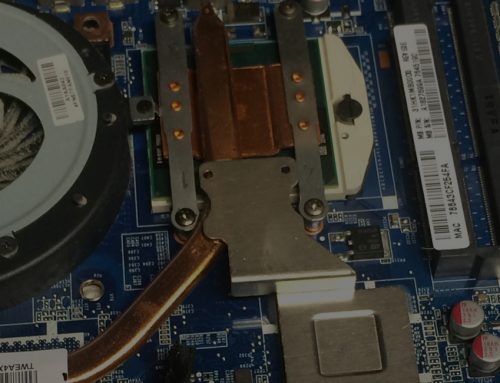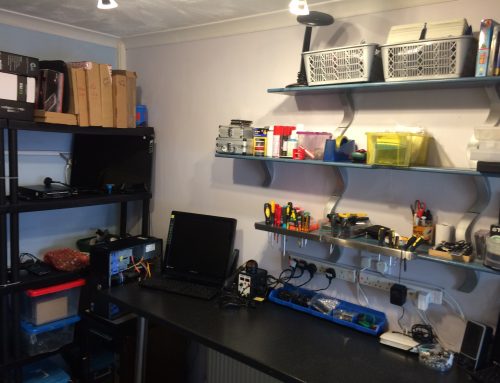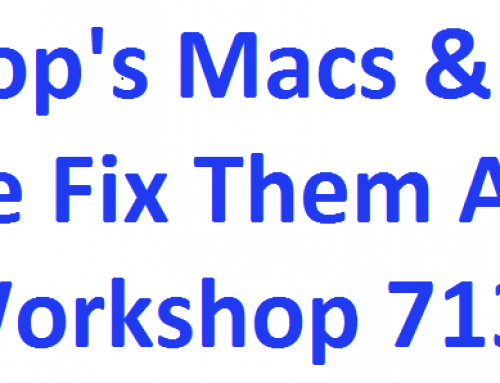With the Windows 9 release date looming, here are the top features PC Workshop would like to see!
Microsoft sold out of tickets to its Build 2014 conference in 24 hours when rumors of Windows 9 hit the internet. Developers will flock to the event in San Francisco this April expecting to hear details of Redmond’s next operating system.
Details on Windows 9, codenamed “Threshold” (a reported Halo reference), are scarce. We do know Microsoft wants to distance itself from Windows 8, which has been a disaster.
As Microsoft works on winning back dissatisfied users, here are a nine features PC Workshop hope to see in Windows 9.
1. Lower price
Microsoft needs a carrot to dangle in front of consumers and businesses to convince them to invest in Windows 9 machines. The firm might even have to go so far as offering users the chance to upgrade to the next-iteration of Windows for free.
Reducing the cost of upgrading will help people finally part with Windows XP – the 10-year-old operating system, which is about to come to the end of its life cycle.
2. Better Battery Life
Intel’s 2013 Haswell chips provided a big jump in battery life, which can be seen in the latest crop of Ultrabooks.
Windows machines have long been known to burn through battery power quicker than Mac OS X counterparts.
Ars Technica gave a detailed breakdown of how OS X Mavericks saves power. The system schedules tasks to run in clumps to maximise processor idle time and minimise power consumption. The latest version of Apple’s OS was so efficient, it even added an extra 60 minutes of battery life to older hardware which is upgraded to this operating system.
Microsoft needs to better implement power saving features into Windows 9 or risk being left further behind next-gen Mac products.
3. Desktop-Only Mode
The Metro UI has alienated many loyal Windows users and the firm is going to have to work hard to appease them.
Microsoft could earn back trust if it admitted its error and added a desktop-only mode. Windows 8.1 went some way towards this making things better as it allows you to boot straight to desktop.
But we want Windows 9 to take this a step further. We want the option to switch Metro off. So when you turn on desktop-only mode, this means images should open in Windows Gallery, not the Metro Preview app.
Desktop-only mode would let users work in peace and placate some of Microsoft’s critics, while allowing the company to keep experimenting with Metro for consumers.
4. Virtual desktops for improved productivity
OS X and Linux have had virtual desktops for years. They allow you to keep multiple sets of windows open on one computer, improving productivity when juggling multiple projects.
Microsoft should build this feature into the next version of Windows, so you don’t have to install third-party software.
5. Bring back the real Start button
It’s amazing how so many people can miss such a small feature. Microsoft gave into popular demand when it put a Start button in Windows 8.1, but this just brings you back to the Start screen.
Perhaps the company could add a traditional Start menu for when the user runs desktop-only mode. Something with the old menu, not just another shortcut back into Metro.
6. Over-the-air system recovery
Microsoft could also make it easier to restore Windows in the event of a malfunction. Mac devices can reinstall OS X by simply downloading files from the internet.
A similar system would make it easier to recover Windows computers, as it is much simpler than digging through BIOS boot settings and trying to find your recovery USB.
Keeping so many system-specific files would be difficult, but it’s possible. Microsoft could convince hardware manufacturers to contribute the necessary files so users could recover their systems over-the-air.
7. Better display scaling
Windows has not been able to cope with the high-resolution devices manufacturers have started pumping out. As screen resolutions climb north of 1920 x 1080, programs such as Adobe Premiere and Vegas Pro can be rendered unusable in some cases as icons can appear tiny and pixellated.
Howtogeek put up a useful guide explaining how to change the compatibility settings for your troublesome Windows apps in order to make the text readable again, but this shouldn’t even be necessary.
Microsoft needs to add better support for Retina-quality displays to make sure the new version of its OS still looks good on devices like the Surface Pro 2.
8. Improved anti-virus
Windows is a primary target for viruses, if only by virtue of its dominant market share. Redmond’s OS attracts the lion’s share of malware, while OS X and Linux aren’t as vulnerable.
Microsoft releases regular security patches and has built Microsoft Security Essentials into Windows 8 – but this has been critically panned. In the Dennis publishing tests, it missed 39 per cent of malware thrown at it.
We might see things improve with Windows 9 as Intel has rebranded the McAfee software suite and could provide comprehensive protection. But Microsoft has to up its game too.
9. Fix Windows Update
Updating Windows software has driven many people to the brink of insanity. If ignored for too long, Windows may reboot your PC at the worst moment possible and then you can be trapped in what seems like a never-ending cycle of updating and rebooting.
Refreshing drivers is the same. PC users shouldn’t have to dig through a manufacturer’s website in 2014, looking for the latest version of a driver for their laptop’s graphics card.
Surely Microsoft could leverage its Windows Store to deliver updates more efficiently and simultaneously, instead of forcing users to endlessly download more and more patches.
Read more: http://www.itpro.co.uk/desktop-software/21498/windows-9-features-we-want-to-see#ixzz2vS2Wo0bi



